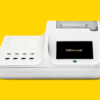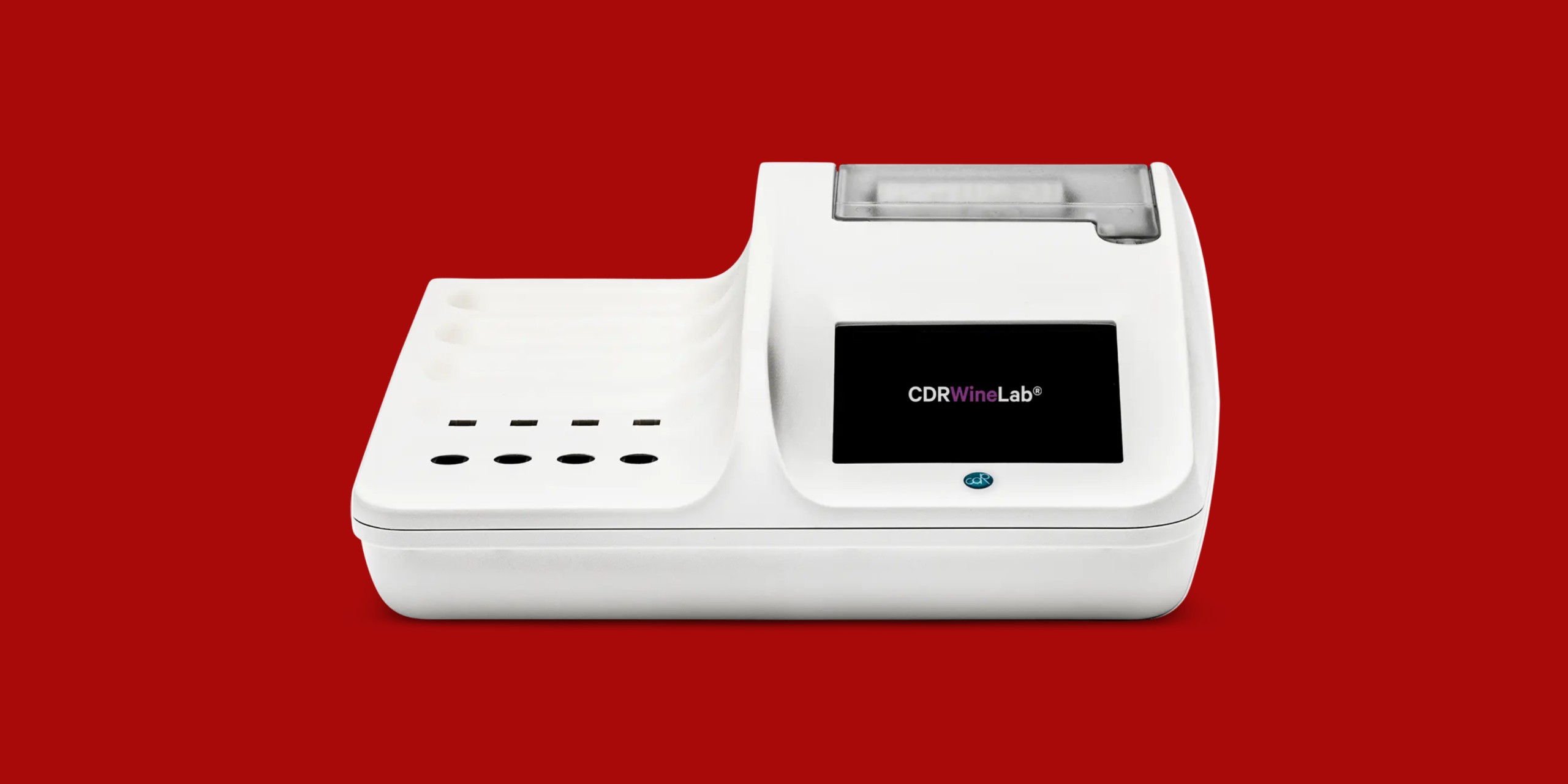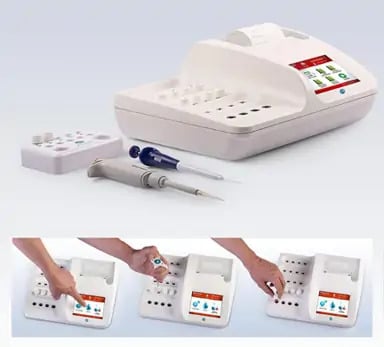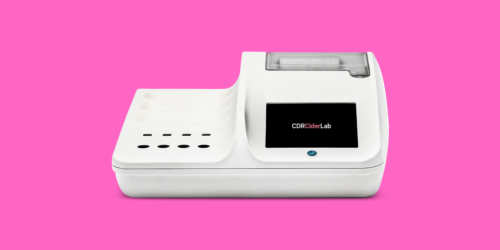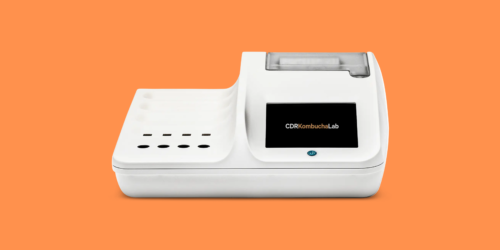ไวน์
- แอลกอฮอล์ตามปริมาตร
- กรดอะซิติก (ความเป็นกรดระเหย)
- น้ำตาลหมัก
- ความเป็นกรดรวม
- แอล-แลคติกแอซิด
- กรดแอล-มาลิก
- ฟรีซัลเฟอร์ไดออกไซด์
- รวมซัลเฟอร์ไดออกไซด์
- ยีสต์ดูดซึมไนโตรเจน (YAN)
- กรดกาแลคโตโรนิก
- แคลเซียม
- ทองแดง
- คาเทชิน
- กรดกลูโคนิก
- อะซีตัลดีไฮด์ (เอทานอล)
- pH
- ดัชนีโพลีฟีนอลทั้งหมด
- กลีเซอรอล
- สี (โทนสี และความเข้ม)
- โพลีฟีนอลทั้งหมด (Folin Ciocalteu)
- การสกัดแอนโธไซยานินในองุ่น
- แอนโธไซยานินทั้งหมด
- แอนโธไซยานินโพลีเมอร์
- ดัชนี HCl
- แทนนิน



